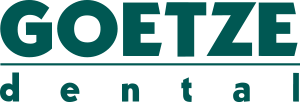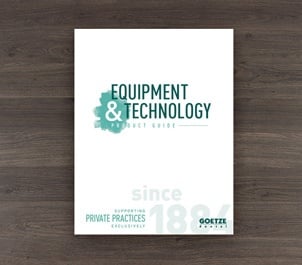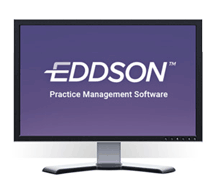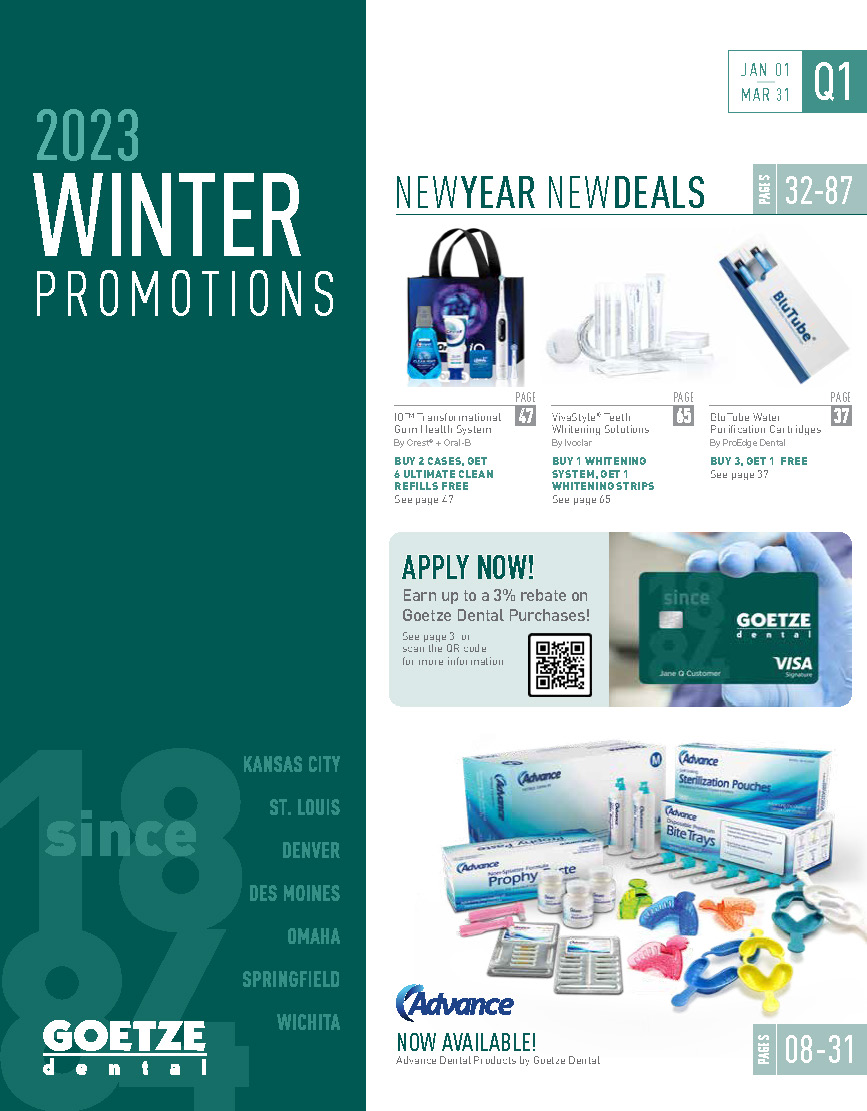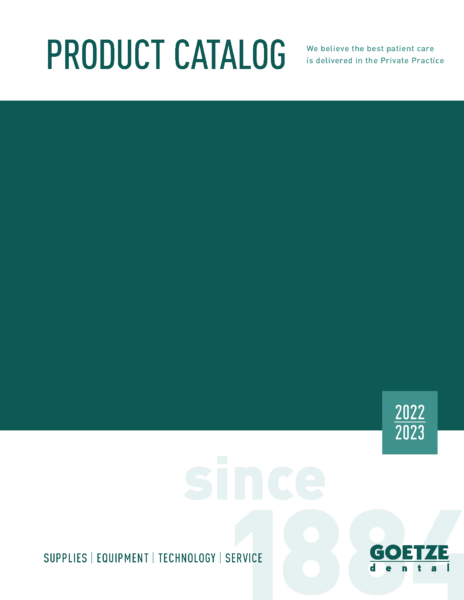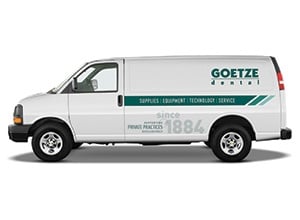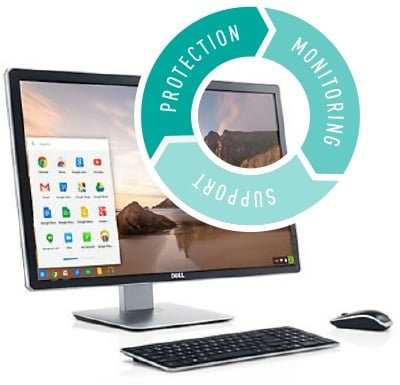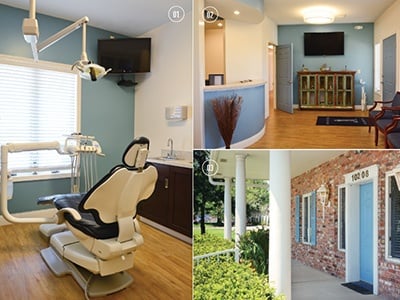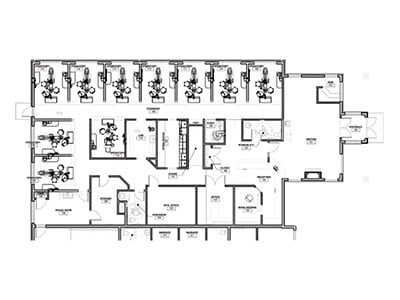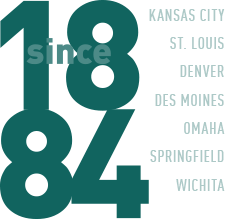As a dentist, you take pride in the work you do. Every day you help patients become healthier and more confident, and your practice is growing as a result.
Unfortunately, that doesn’t always mean that your practice is optimizing for profitability. In fact, without adequate attention to one critical step, it could mean the opposite; you could be burning cash even while producing more.
What is that critical step? Collections. One of the biggest challenges dentists face is simply getting paid for the work they’ve already completed.
In this article, we are going to look at 5 ways doctors can improve their collection efficiency and capture the financial success they’ve already earned.
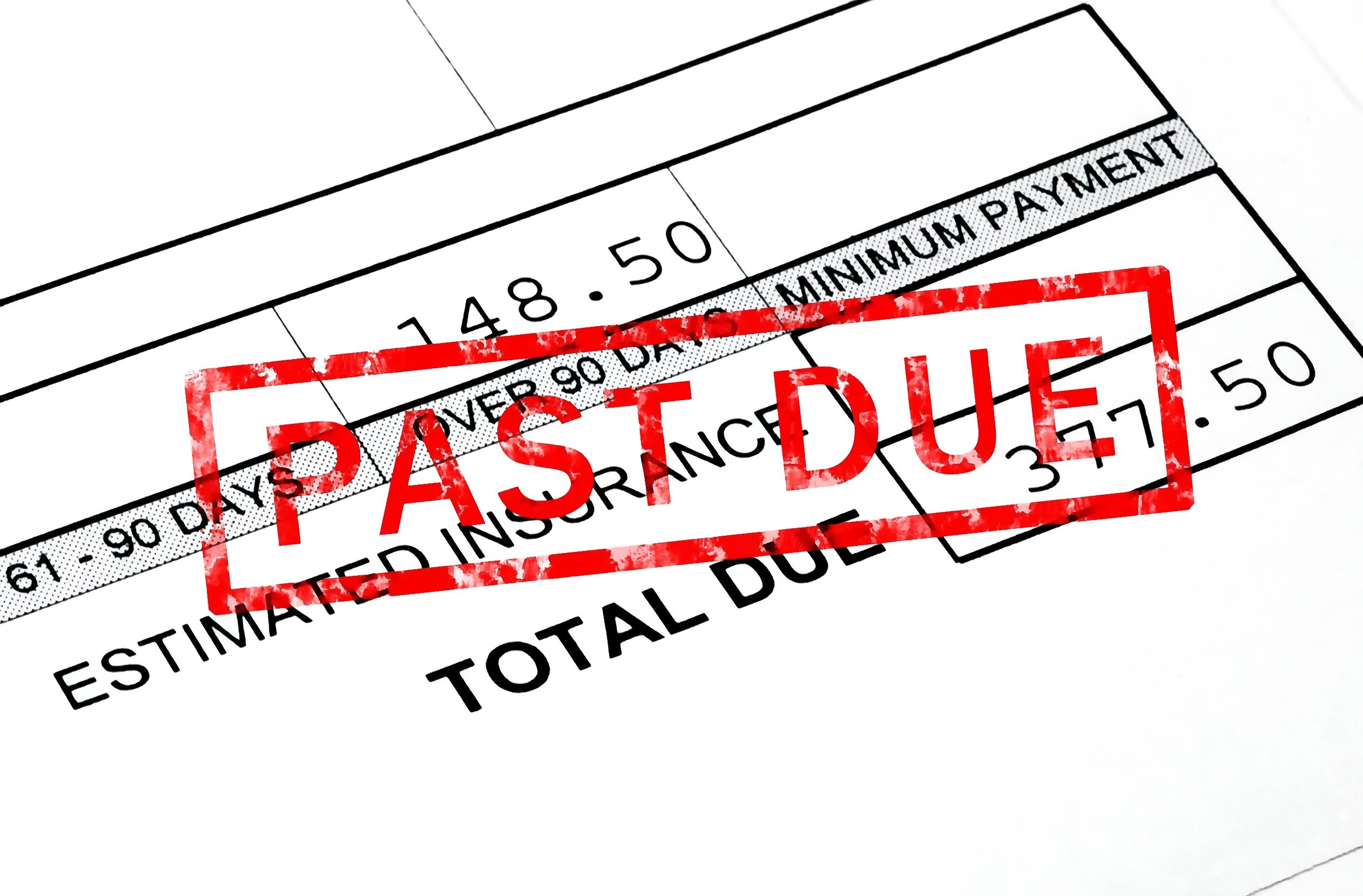
Unlike most businesses, dental practices are forced to navigate a convoluted maze of insurance claims and payment due directly from patients. bills. Without strong claims management practices, hundreds of thousands of dollars a year could be slipping through the cracks.
When we work with dental practices on their financial health, we focus our attention on the three Practice Profitability Factors (PFFs):
- Production Volume
- Collection Efficiency
- Overhead Management
What is Collection Efficiency?
Generating production volume is step one, but it doesn’t equate to real revenue until collected from patients and insurance. Collection Efficiency is your ability to turn production into cash in the bank.
Collection Efficiency (CE) is the measure of well (and how timely) your practice turns that production into collections/revenue. Specifically, CE is the ratio of net collections to net production for a specified period of time calculated with the following formula:
Net Collections (NC)
CE = ________________ (For a specified time frame)
Net Production (NP)
For Example:
NP for period 4/1-4/30: $100,000
NC for same period: $90,000
CE: 90,000/100,00 = 90%
Collecting money is more complicated for dental practices than other businesses. For many practices, a significant portion of revenue is collected when insurance claims are processed. Therefore, capturing revenue for services rendered could take weeks or even months. This makes it that much more critical for the purposes of cash flow, to have a protocol in place for collecting on all non-insurance payment.
Why Collection Efficiency is Crucial
Collection Efficiency has a massive impact on your bottom line.
For example, if your Net Production is $1 million this year, but your CE is 65%. That means you have only $650,000 of the possible $1,000,000. However, if you raised your CE to 75%, your revenue would jump by $100,000 to $750,000 or a 15% increase. Assuming that the overhead is covered and the practice is profit positive at $650k, nearly all of the additional $100k in revenue will be profit.
If you were exclusively looking to add production in order to create an additional $100,000 in your business it would require an 10 extra weeks to your schedule if you maintained the same 65% CE. (Assuming a production volume of $375/hour and 65% CE).
CE is by far the most effective way to improve profitability in your practice. That is why we focus so heavily on it when working with our dental clients. You’ve already done the work - you deserve to get paid.
Insurance Management
Insurance Management is a subsector of Collection Efficiency, and a very important one. A typical private dental practice can generate 60-150 insurance claims every week, representing 30-60% of the practice’s revenue.
Insurance Management is a challenge for every practice. Poor insurance and claim management can lead to denied claims and slow payments from carriers. If you aren’t proactive in your follow up, some claims could go completely unpaid.
5 Ways to Improve Collection Efficiency
Some practices are better than others at collections. The best are tenacious about it, never letting a bill age past 30 days. They regularly follow up on insurance claims until they get a response. They make it a priority each day to get paid.
Others struggle to stay on top of claims processing. We have seen as many as 300 claims out, 100 of which are over 90 days old. Not only are those practices not getting paid, but insurance claims have an expiration date. If they aren’t resolved in a set amount of time (often 12 months), they disappear.
What do the best dental practices do to maintain their collection efficiency? Simply put, they are disciplined and methodical.
But that doesn’t mean AR needs to be a lot of work. Here are five small things practices can do each day to improve their collection efficiency:
1. Collect patient portion at time of service.
Some practices are quick to send a bill after treatment is complete and the patient walks out the door. Implementing a policy in your office that all patient fees are paid at the time of service can solve that problem quickly. No patient bills going out in the mail, no AR. A component of this involves accurate insurance estimation. Some practice management softwares are better than others at calculating those estimates, so spend some time evaluating the tools you have to support your process. It is also important to communicate your collections policy with patients before appointing so that everyone is on the same page.
2. Set high goals for collections.
The most financially successful practices maintain high standards when it comes to collections. As a rule of thumb, no more than 10% of your outstanding claims should be over 30 days old, under any circumstance.
3. File the claim properly.
If you file a claim for a crown, the insurance company is going to want a detailed explanation of why the procedure was required, including x-rays, intraoral images and any additional supporting documentation. Be sure you file all claims correctly and completely. This will help you avoid drawn-out payment periods and lost collections. By managing this process electronically, tracking and resubmission can be expedited if ever you are challenged by the insurance provider.
4. Monitor AR religiously.
Oftentimes, particularly in busy offices, low collection efficiency is the result of a lack of attention to AR. It is no one person’s job to follow up with insurance carriers and patients when a bill is late. Until your office monitors AR religiously, money will continue to fall through the cracks.
Following up on claims doesn’t have to be a big chore. It simply needs to be a daily chore. Work the claims that become due every day. Just a little follow-up each day will go a long way.
5. Use a claims management tool
If you’re serious about improving your CE, we highly recommend investing in the right tools. Claims management tools help you keep track of your AR and follow up on overdue bills.
Some claims management tools prominently display which claims are overdue. When building your daily AR ritual, you can use this report to identify which claims to follow up on each day.
Looking to improve your collection efficiency?
Improving Collection Efficiency is a Process
Collection efficiency isn’t fixed in a day. In fact, the myth of the “quick fix” is what gets so many practices into trouble in the first place. Improving your CE is the result of staying disciplined with your patients and your team. Collect fees at the time of service. Follow up on overdue bills. Check AR each day and accurately file claims.
With collection efficiency, it’s the little things that make the biggest difference.
If you’d like to learn more about improving collection efficiency for your private dental practice, our Goetze practice management specialists are ready to help.
